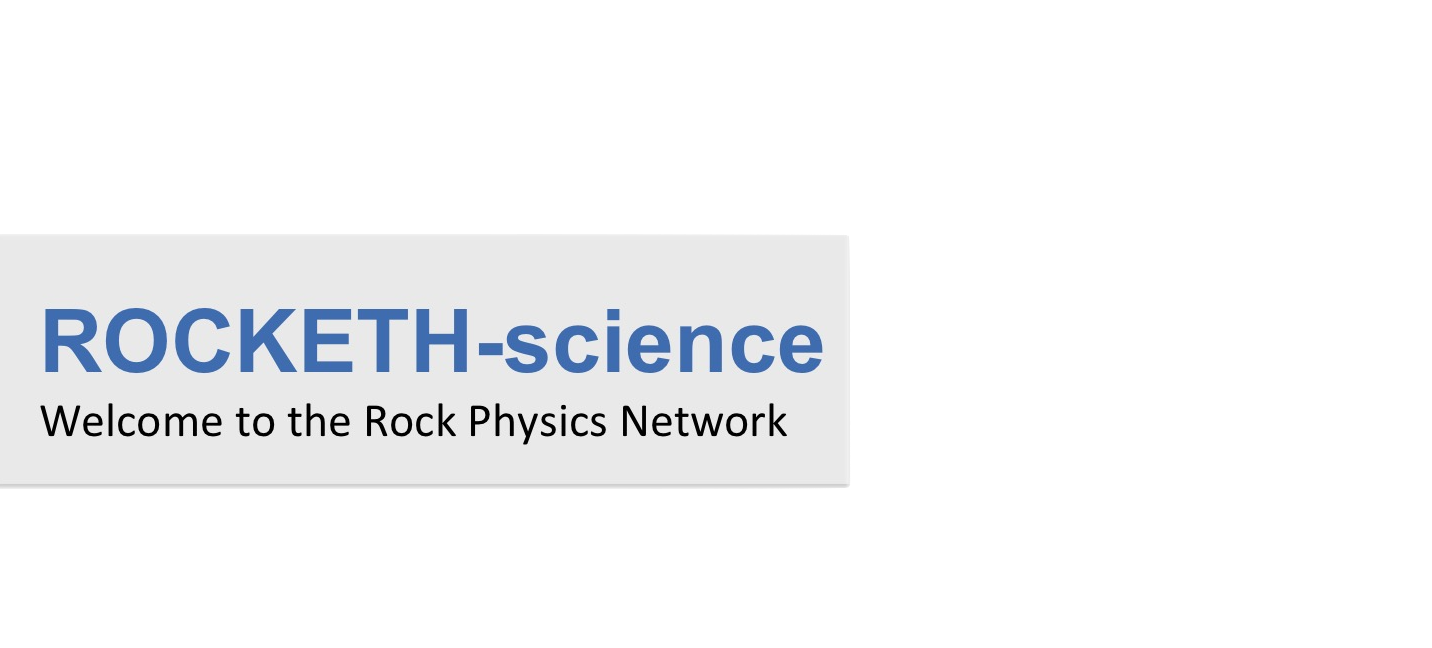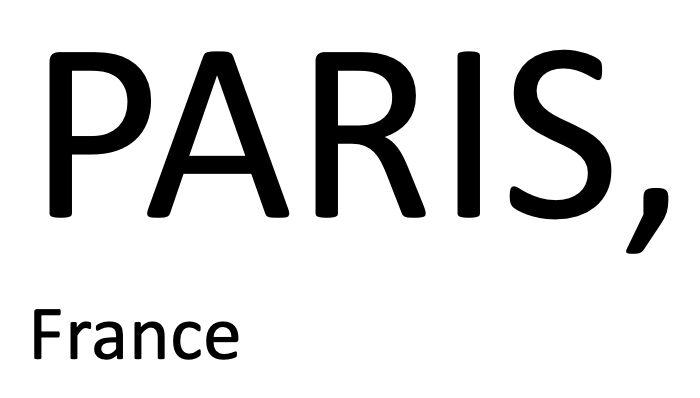EGU 2020 Rock Physics Session
The announced session was merged with another one. Here is the link: https://meetingorganizer.copernicus.org/EGU2020/session/36633EGU 2020 (3-8 May 2020) | Call for Abstracts
Rocketh is pleased to announce the Call for Abstracts for the session EMRP1.4 at the EGU General Assembly 2020 in Vienna, Austria, entitled “Characterization and quantification of heterogeneous and anisotropic rock damage” and convened by early-career scientists from the Rocketh community. Benedikt Ahrens and co-conveners cordially invite you to present your research to international scientists. Undergraduate and graduate students are specifically encouraged to submit their work. Contributions from senior scientists are highly welcome. Abstracts for oral presentations and posters can now be uploaded! All abstract submissions must be made electronically through EGU’s online abstract submission system (https://administrator.copernicus.org/). The deadline for application is 15 January 2020 at 13:00 CET.
Thank you for attending, see you in Vienna in 2020.
Benedikt Ahrens (benedikt.ahrens@hs-bochum.de)
EMRP1.4 - Rock Physics & Mineral Physics: Characterization and quantification of heterogeneous and anisotropic rock damage
Damaged rocks in the Earth’s upper crust are heterogeneous and anisotropic across multiple spatial scales. Assessing the scale-dependence of rock physical properties is therefore a prerequisite to upscale observations from laboratory to field conditions. Characterizing rock damage is particularly relevant in several fields of applied geology, for example in the context fluid-flow properties of reservoir rocks that are strongly affected by anisotropy and heterogeneity. A quantitative description of damage is necessary to efficiently exploit subsurface resources. The characterization of damage around fault zones and its temporal evolution contributes to a better understanding of seismological observations and the mechanics of earthquakes. The spatial and temporal distribution of physical rock properties can be used to constrain their structure.For this session, we welcome contributions from fields of rock physics, structural geology, seismology and applied geology including studies employing microstructural analyses (e.g. microscopy and high-resolution µCT-scanning), numerical and analytical models (e.g. digital rock physics), laboratory experiments, and fieldwork. We particularly encourage contributions dealing with the correlation between structural discontinuities and THMC rock physical transport properties.
Share: https://meetingorganizer.copernicus.org/EGU2020/session/36634
Convener:
- Bendikt Ahrens (International Geothermal Centre, Bochum University of Applied Sciences, 44801 Bochum, Germany)
- Franciscus Aben (Department of Earth Sciences, University College London, London WC1E 6BT, UK)
- Mandy Duda (Institute for Geology, Mineralogy, and Geophysics, Ruhr-Universität Bochum, 44801 Bochum, Germany)
- Sarah Incel (Institute for Geology, Mineralogy, and Geophysics, Ruhr-Universität Bochum, 44801 Bochum, Germany)
- Marieke Rempe (Institute for Geology, Mineralogy, and Geophysics, Ruhr-Universität Bochum, 44801 Bochum, Germany)



